These online cell activities for your homeschool are multisensory and appropriate for all ages. In fact, online cellular biology lessons are an excellent addition for your homeschool science. Take a look!
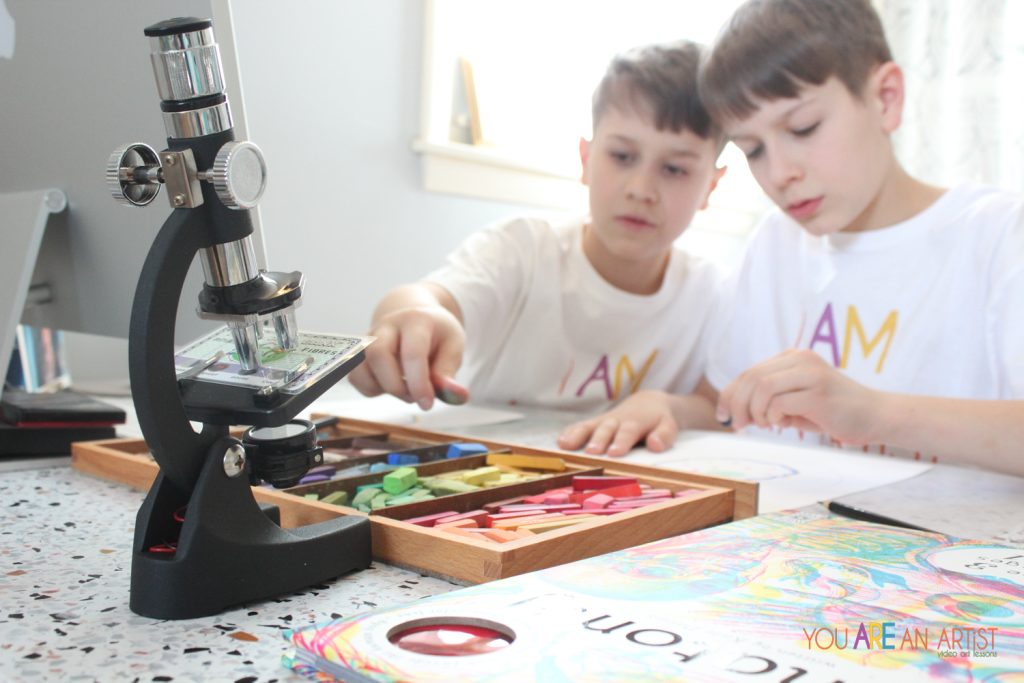
When it comes to making learning fun, homeschool parents don’t have to look far. Kids are fascinated with what makes them…well, them! They love to see the inner workings of things. What is more intricate and endlessly fascinating than the human body?
Cells are like mini-worlds unto themselves. They make up our very existence, yet they exist beyond our eyesight. This whole “universe” of cells is a captivating world to explore through hands-on activities like experiments, crafts, and art! Consider these small but mighty cell activities as you plan your homeschool science curriculum.
Make Learning About Cells Fun
What’s more hands-on than the human body? We all have one, right? Kids will be engaged by what they can learn by simply observing their own body. When our family studied human anatomy, my boys loved that they used their bodies as part of the experiments and activities.
Yet as much as we can observe so much of the human body’s wonder from the outside, it’s a million times more astounding to consider what goes on at the cellular level!
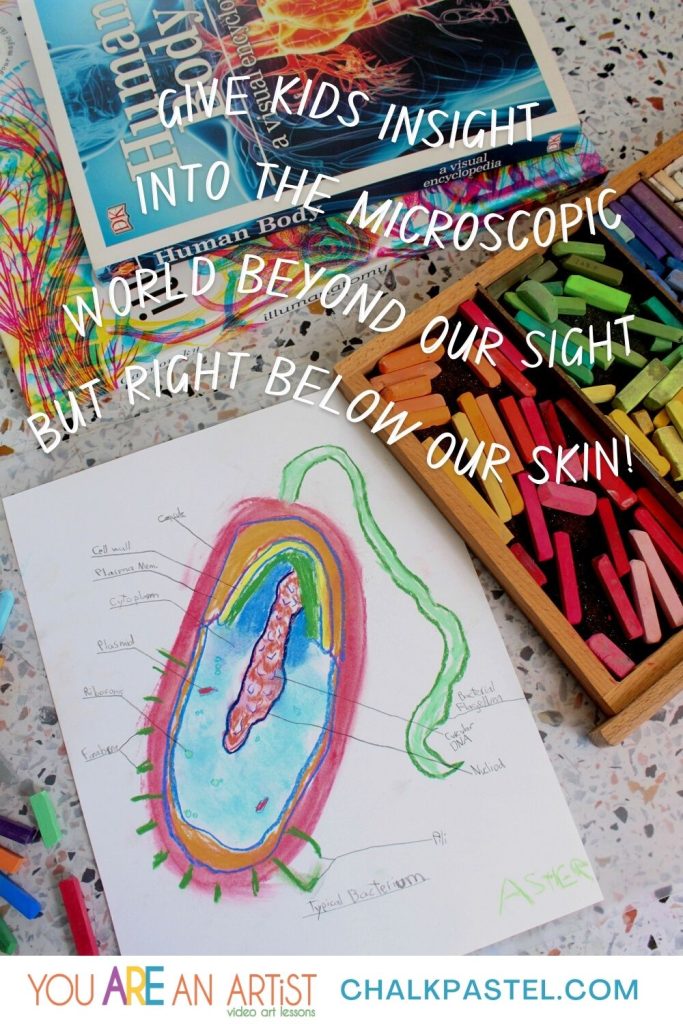
Cell Activities For Your Homeschool
Want to give your kids insight into the microscopic world beyond our sight, but right below our skin (and on and in it too!)?
- Enlarge the cell
- Model the cell
- Watch the cell in action
- Draw the cell
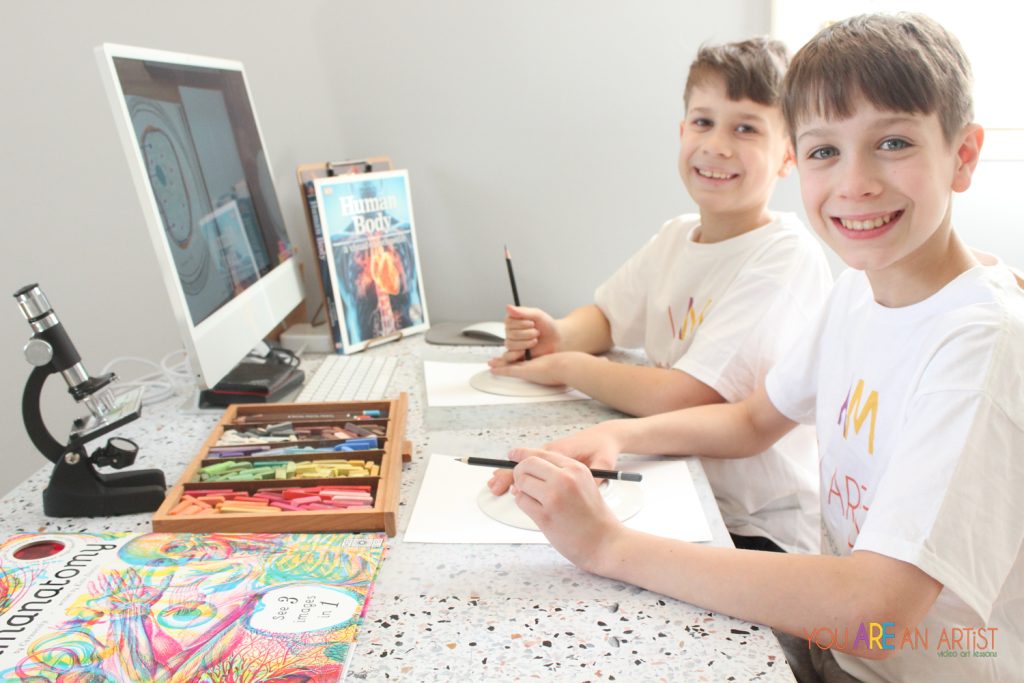
Enlarge the cell.
You probably eat single cells for breakfast! Yes, a chicken egg starts out as a single cell. Show your child an egg, and explain to them the simple parts of a cell: the cell wall, membrane, cytoplasm, and nucleus can all be “seen” in a cracked egg!
Model the cell.
Now that kids have a sense of the major parts of a cell, dive deeper into some of the smaller pieces. In our study of cells, we created an edible cell using gelatin and candies. So fun and delicious. You’ll need a package of jello, a bowl, and a variety of small candies to represent the organelles (parts of a cells) like the mitochondria, golgi bodies, ribosomes, and more.
You can find a detailed edible cell model to follow here.
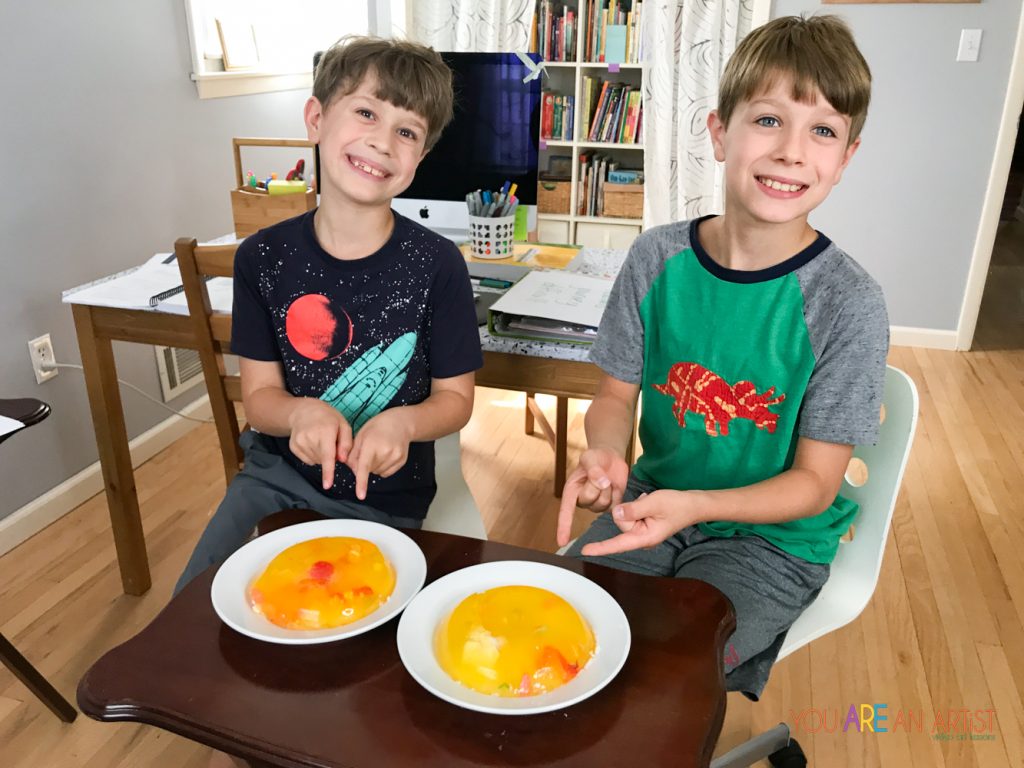
Watch cells in action.
Show your kids the “cellular highway” of capillaries and veins that your blood cells travel on. One quick (and to my boys, humorous) way to do this is by shining a flashlight under their tongues while they look in a mirror. There, they will spot a “roadmap” of multicolored veins that give a glimpse of how special cells like blood cells travel around the body!
We even made a model of the blood using corn syrup, candy red hots, and candy sprinkles. Have you kids mix this up to see how various cells are different sizes and how they travel through plasma.
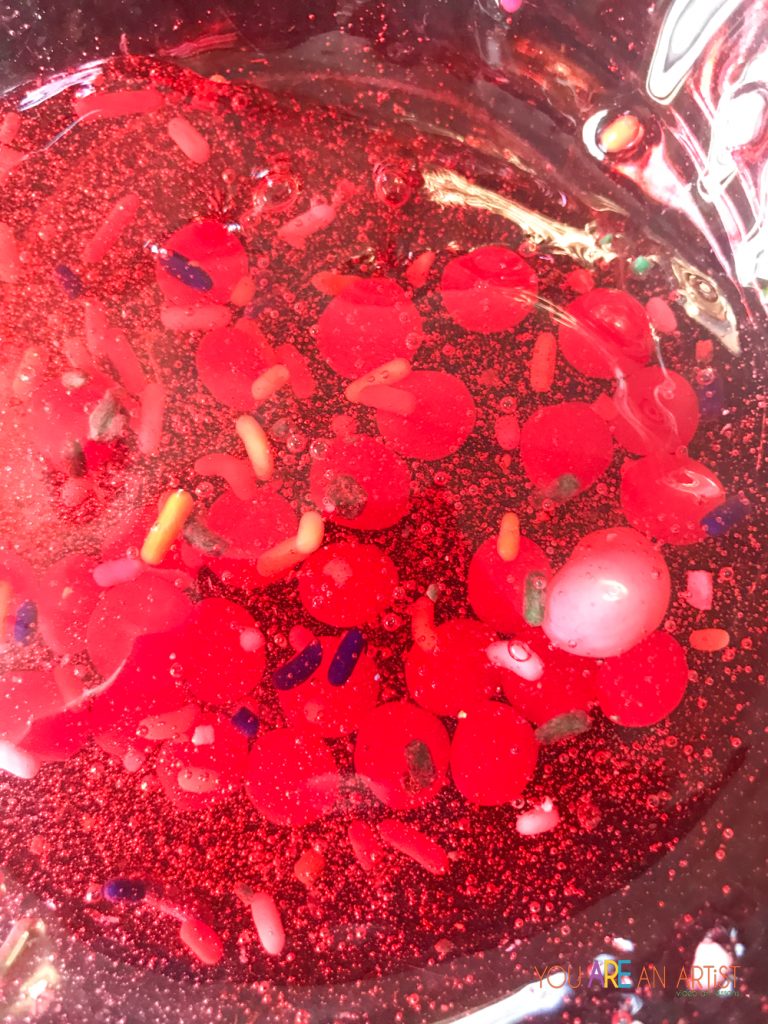
Draw the cell.
In Nana’s newest I Drew It Then I Knew It series, kids get hands on with science by painting and labeling a diagram of some of our smallest parts!
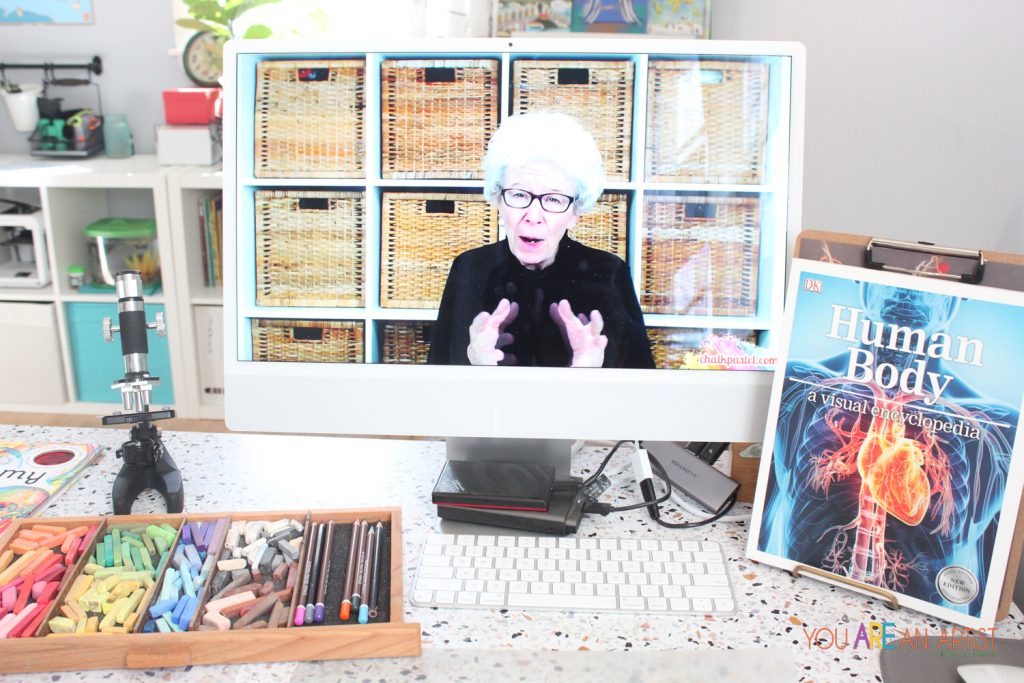
Online Cellular Biology Lessons Perfect For Your Homeschool Study
Whether you’re studying human body cells, plant cells, or the chemical makeup of our world, these science art lessons will fit your homeschool science.
Nana has included a wonderful “opener” lesson in her Lab Coated Scientist class. My oldest created a painting of a scientist researching in a book, with swirling scientific symbols above his head. While this scientist is drawn as a chemistry teacher by Nana, my oldest changed the book to read “Biology” to match our current science studies. He replaced Nana’s chemical notations with a DNA strand and a bacterium! Kids can be so creative with these lessons.
This scientist painting would be perfect to have as a cover for any note booking or portofolio of your child’s work.
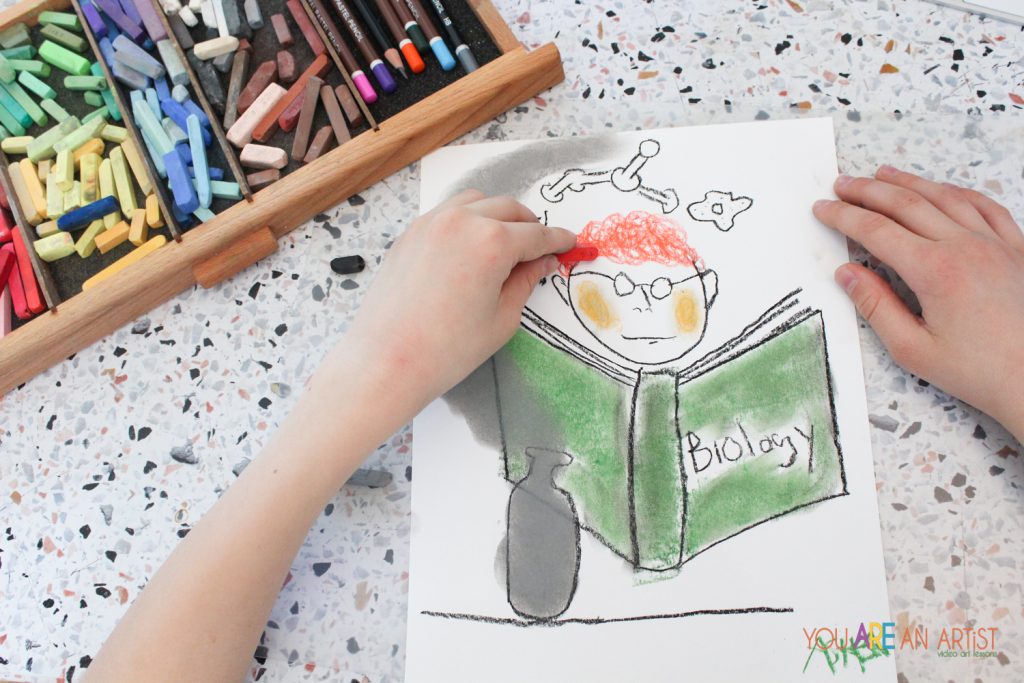
Diagram A Cell
After doing some of the hands-on activities above, have your child paint and Diagram a Cell. Nana does a wonderful job of helping students visualize the cell through their chalk pastel “microscope” as they look for the cytoplasm, nucleus, mitochondria, and cell membrane. If your students have learned other parts of the cell, why not have them include this knowledge into their drawing as well. This video art lesson is the perfect choice to add to a science journal or notebooking collection.

Diagram Bacterium
The colorful Diagram of a Bacterium lesson helps kids learn about another kind of cell that can be lurking in your body. Whether harmful or helpful, bacteria exists everywhere, and yet is a different kind of cell than what makes up your body structure. After this lesson, kids can discuss proper hygiene (here’s a free hand washing printable you can use!), proper nutrition (talk about probiotics in their yogurt!), and discuss which kinds of bacteria are harmful or helpful.
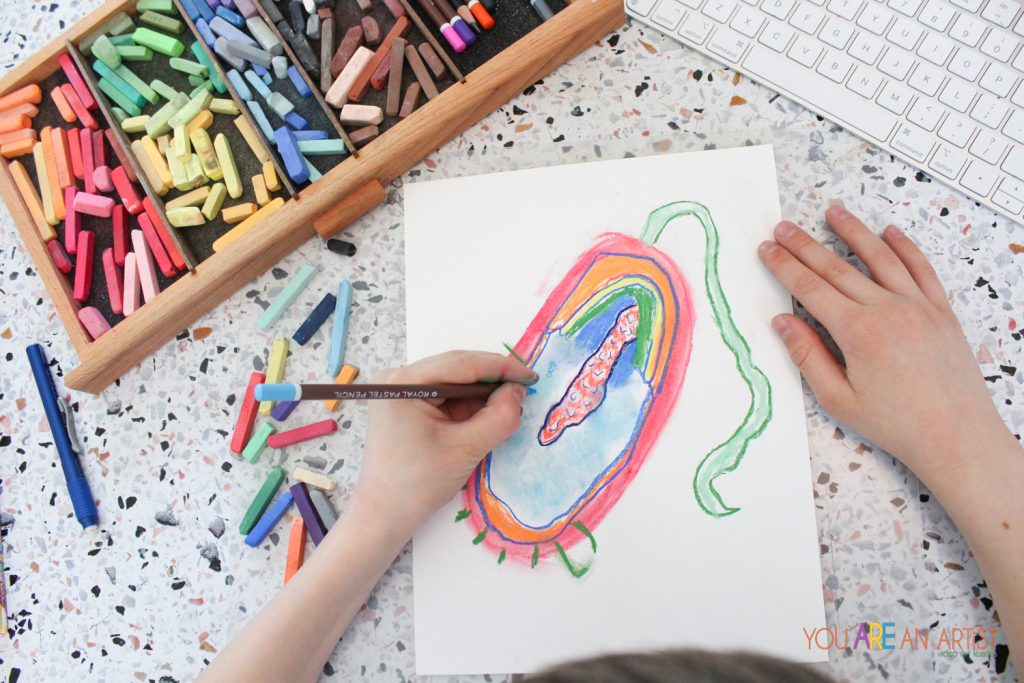
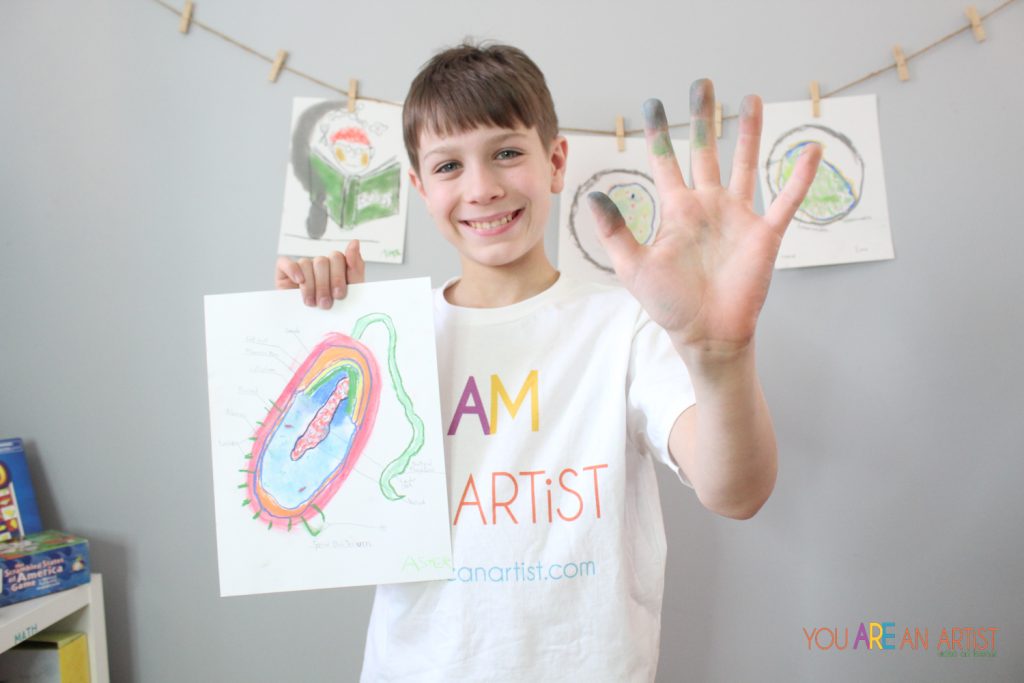
Diagram of an Eye
Diagram of an Eye helps students learn the various parts of the eye. What is special about this lessons is how students get to label the eye as we see it, and as it looks from inside the body!
Biology and Chemistry
DaVinci’s Vetruvian Man painting makes a great finish to a series on the human body. This makes a wonderful lesson in the proportions of both artwork and the human body. As you sketch out the dive into the concept held by this Old Master that “everything is connected.” Our cells are microscopic, but work together to create a larger system. In the same way, people are smaller parts of God’s much larger universe.
The Light Prism with Sir Isaac Newton lesson would be a fantastic intro lesson for studying chemistry and physics. Is it so beautifully colorful and symmetrical, you will want to frame this artwork after your kids create it!
For additional scientific artwork, try the Daffodil lesson where kids will paint a gorgeous yellow daffodil with their chalks and label the parts of a flower. You might revisit your cell painting and discuss how a plant cell is slightly different than an animal/human cell.
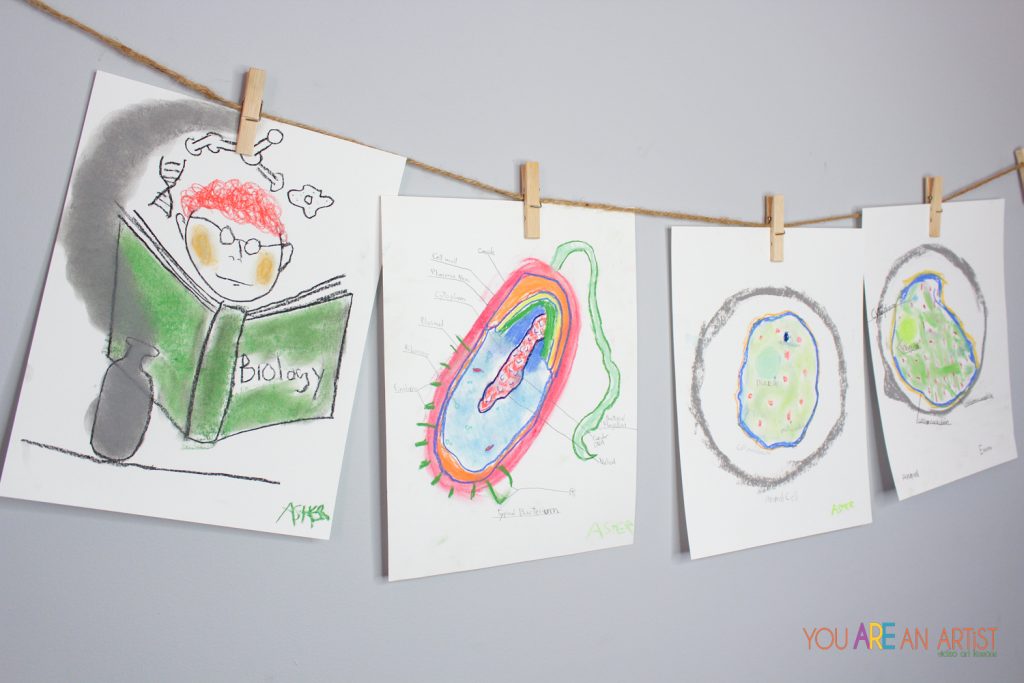
More Homeschool Science Lessons From You Are An Artist
Science doesn’t end with the human body, of course. Our boys have enjoyed so many science lessons from Chalk Pastel.
For a great Astronomy study, the Hubble Space Telescope Lesson can be a jumping off point for a Space unit. Follow it up with any of the Space Exploration Clubhouse lessons, but my favorites would be the Spiral Galaxy and the Nebula lessons. Students can draw all the planets in the Milky Way with the Solar System Clubhouse lessons.
If you’re studying Physics, you should check out the Electric Light and Electric Lightning lessons!
For an Earth Science study, you’ll love the volcano, tornado, and northern lights video art lessons.
Studying habitats? Draw a Marsh or paint the habitat Under the Sea!
A study of Zoology might use any of the dozens of animal art lessons from Nana. Frogs are always a great place to start because they are a great animal for discussing life cycles. The John James Audubon lesson plus the Birds Clubhouse lessons are also wonderful for Biology and Zoology studies.
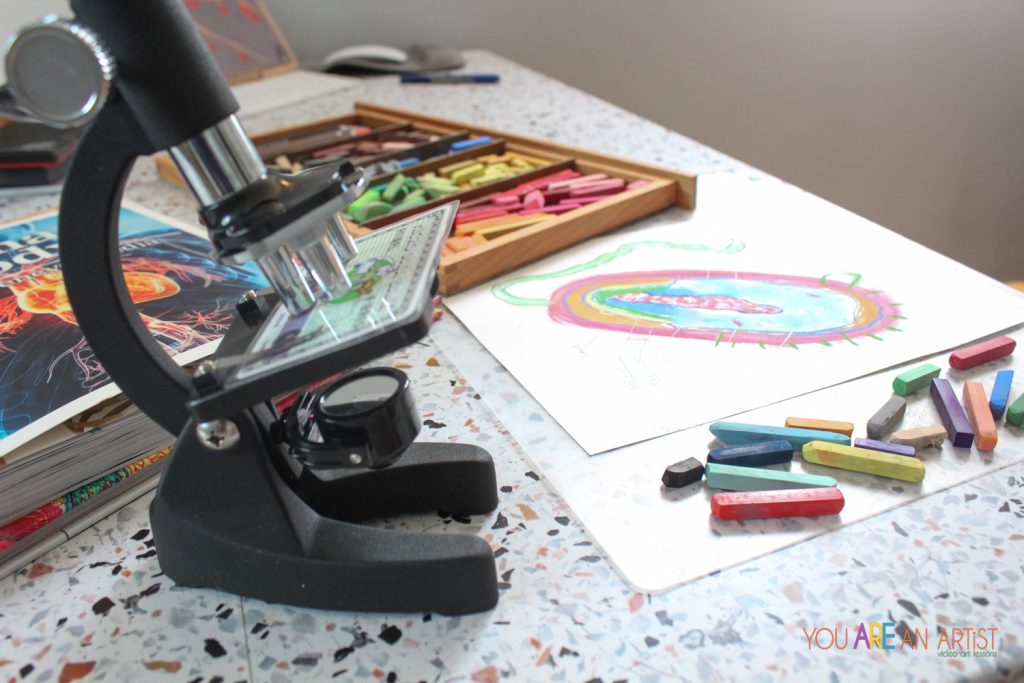
Each science-themed art lesson from Nana focuses on a science concept that opens a door for further investigation, study, and discussion. Nana does such a wonderful job of dropping “breadcrumbs” of interesting and relevant facts as she gives her chalk pastel instruction.
I am always amazed at how much a simple painting session can spark a deeper level conversation with my boys. Even if you only select a single video art lesson to complement your science studies, these lessons are small but mighty cell activities you’ll want to include in your homeschool science!
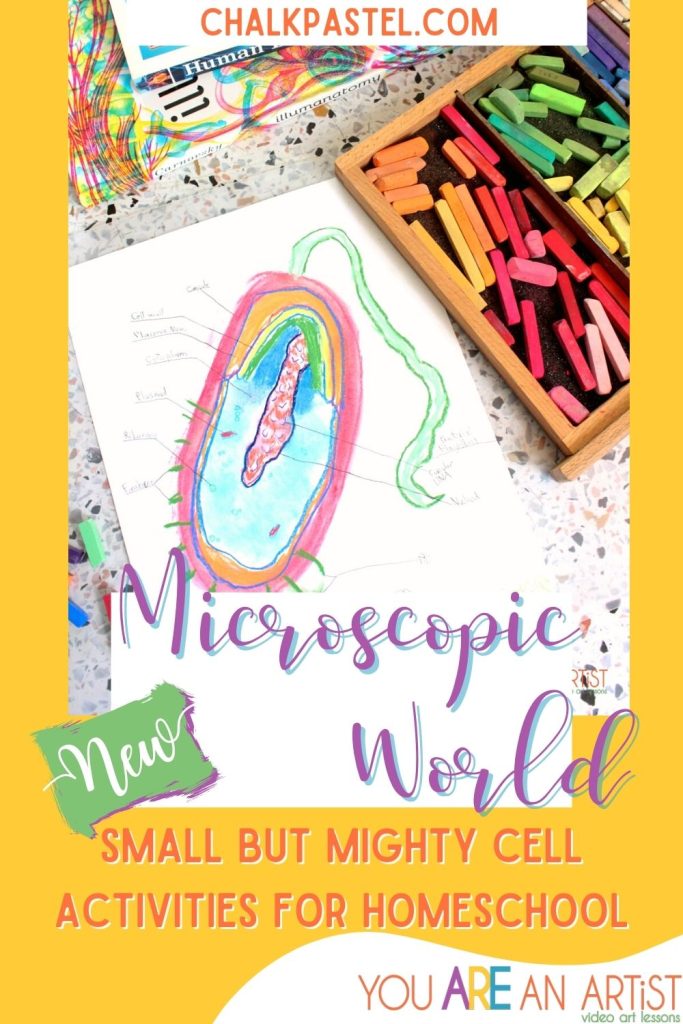

Julie is a teacher, writer and homeschool mom. Her blog Happy Strong Home shares encouragement for cherishing children, enjoying motherhood, and growing strong families. Discover homeschool resources, natural living tips, and family activity ideas. Julie has been featured on Million Praying Moms, The Old Schoolhouse Magazine, and the Melissa and Doug blog. She offers writing workshops and a “homeschool neighborhood” community to support parents in their homeschool adventures. Find Julie on Instagram to be the first to know when new workshops and community events are available.
